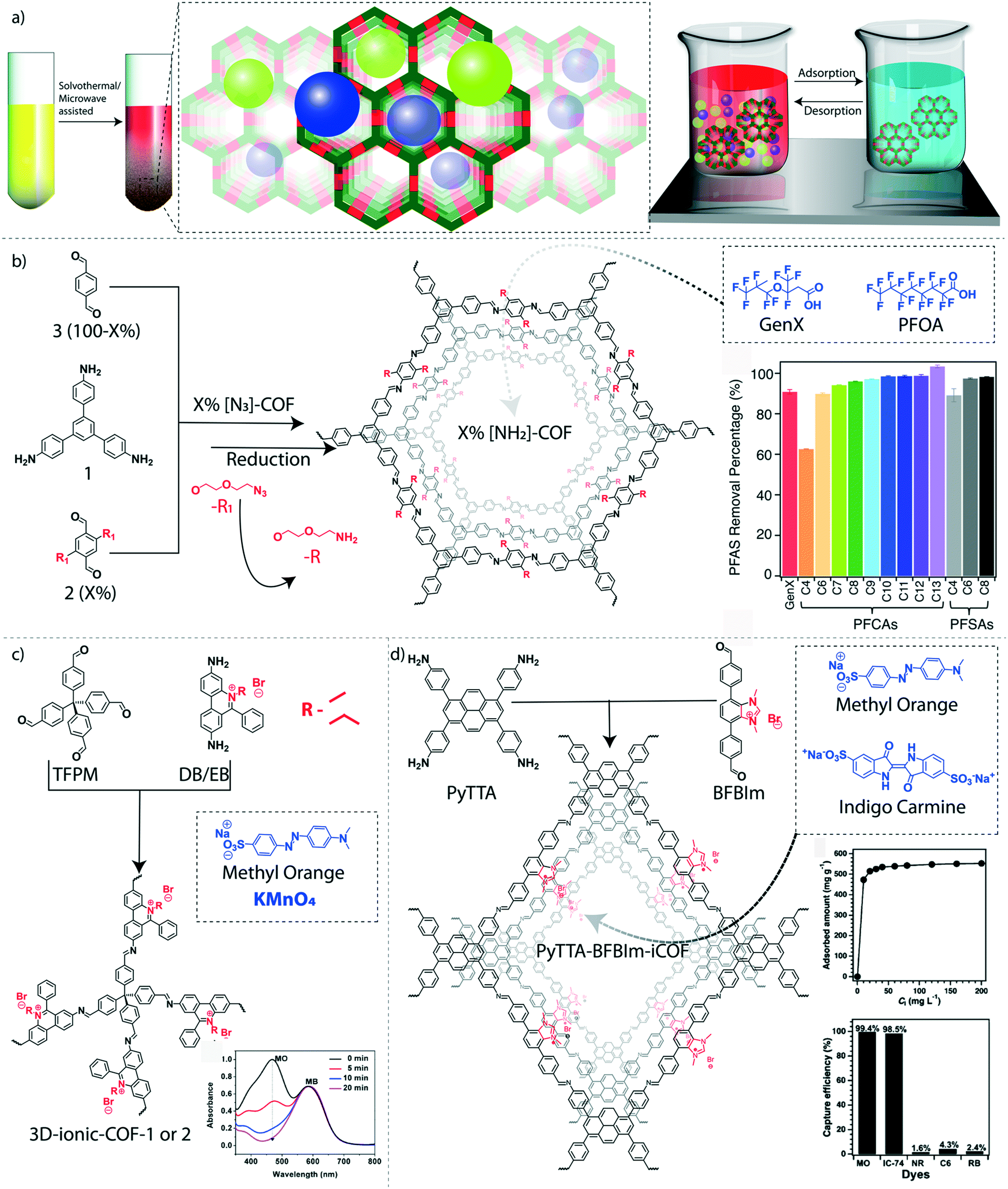
- #Reason 6.5 3 ignition key crack how to#
- #Reason 6.5 3 ignition key crack serial#
- #Reason 6.5 3 ignition key crack password#
The battery will be used for 30 minutes without the alternator available for charging. To perform a relearn on a Passkey III system, make sure there is a fully charged battery in the vehicle.
#Reason 6.5 3 ignition key crack password#
If the fuel enable password is correct, the PCM will start the vehicle. If the key signature transmitted is acceptable to the theft deterrent control module, the theft deterrent control module will transmit fuel enable password to the PCM. The transponder transmits a unique signature to the theft deterrent control module. The exciter inside the ignition lock cylinder energizes this transponder when the ignition switch is turned on. The Passkey III anti-theft system uses a transponder inside the head of the ignition key. Most trucks will require all 3 cycles for learning the password. Perform all 3 cycles if the car will not start after 1 cycle. NOTE: For most cars, one 10-minute cycle will be enough for the vehicle to learn the new password.


#Reason 6.5 3 ignition key crack serial#
If the IPC/BCM receives the expected coded signal, the IPC/BCM will send a message over serial data to inform the PCM that the vehicle may be started. The cylinder then sends a coded signal to the instrument panel cluster (IPC) or body control module BCM. When the key is turned in the lock cylinder, the magnet creates a signal on the Hall effect sensor. The lock cylinder contains a stationary Hall effect sensor and a rotating magnet. The Passlock anti-theft system requires the presence of a key in the lock cylinder to enable starting. If the engine starts and runs, the relearn is complete.

Vehicle Anti-Theft System (VATS) – VATS has a separate module called the Theft Deterrent Module (TDM) that validates the resistive chip in the ignition key. VATS, Passkey, & Passkey II – resistive chip ignition key

#Reason 6.5 3 ignition key crack how to#
The sections that follow will help you identify the system and describe how to do the relearn. How do you know what system your vehicle has? Just look at the keys (see page 4). Vehicle Anti-Theft System (VATS), Passkey, & Passkey II – resistive chip ignition key Unless these procedures are correctly performed the vehicle will not start after the PCM has been replaced. GM vehicles have three types of Vehicle Thief Deterrent (VTD) systems, each requiring their own set of relearn procedures.


 0 kommentar(er)
0 kommentar(er)
